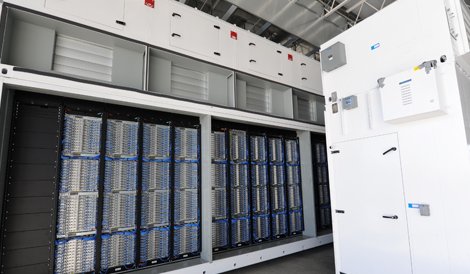Microsoft is establishing a data center footprint down under, creating a “major region” for the delivery of its Windows Azure cloud platform with two sub regions on the country’s east coast.
Microsoft has already invested US$15bn in data centers worldwide and last month Microsoft general manager of data center services Christian Belady told FOCUS it planned to scale out its data center by ten times.
It now looks like Australia could be the first to see the effect of these massive expansion plans.
Microsoft business group leader for Server and Tools Australia Toby Bowers said in a blog post that the new Australia region will see services delivered from the states of New South Wales and Victoria.
He did not elaborate on where the data centers will reside inside the states, or whether these facilities will be built out as Microsoft ITPACs – its modular design concept– or built in a more traditional fashion.
“When completed, this new major region will enable the delivery of Windows Azure services locally from Australia and allow us to better address our customer’s and partners’ cloud computing needs,” Bowers said.
Both locations will be geo-redundant and will offer a chance to take advantage of Windows Azure while ensuring data sovereignty, Bowers said, referencing client iCareHealth Australia.
“iCareHealth plans to take advantage of Australian-based services to achieve enhanced performance and reduced total cost of ownership, all while maintaining high levels of security and data sovereignty,” Bowers said.
Microsoft solution architect Tom Hollander said the data centers will be designed so that customers can receive Azure services with lower latency.
In an interview with The Australian newspaper Microsoft president of server and tools products Satya Nadella said it could take up to 18 months for Microsoft to build its data centers in Australia.
Nadella said the typical time frame for Microsoft to establish its own facility is 12 to 18 months.
Microsoft has made a serious investment in its data center portfolio in recent years, with a key focus on using software for data center automation to help deliver more than 200 online services through the Cloud, and its own hybrid cloud offering which is Azure.
Belady said the company is increasingly standardizing its systems and building out to industrial scale, using a combination of ITPACs, containers and traditional data center designs.
The end goal is to drive out the cost from the traditional data center by morphing together modular and traditional elements.
Microsoft made its Windows Azure Infrastructure Services, which will be delivered from Australia along with Platform-as-a-Service offerings, generally available in April this year.

